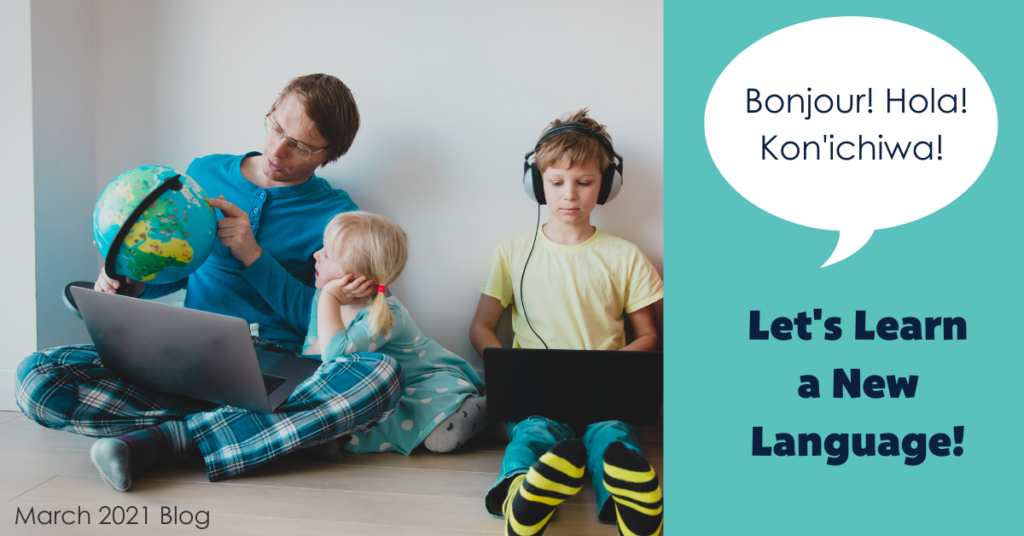
Kids’ brains are wonderfully elastic, meaning they learn, absorb, and incorporate the world around them easily. Experts studying child development have learned the first five years are crucial for cognitive – brain – development. It is an excellent time to start forming lifelong skills that can give them unique experiences, opportunities, and create building blocks for further abilities later in their education. Not only should they start learning their letters and numbers, many doctors and scientists have conducted studies that show these years are the best time to start exposing them to foreign languages. It can be hard to do because there are so many factors: what if I never learned another language? What if my kid doesn’t like the language I have them learning? Where would I even find the resources?
Here’s 3 tips for exposing your small children to languages to make the most of their early development, as well as have fun together learning about other cultures.
- Find an app or children’s workbook that teaches language. One of the benefits of technology is having the whole world available on a phone, tablet or computer. Now access to information and learning tools are easier to find. Apps that teach languages are easily downloaded, and many of them are free! They teach words and phrases to get started, and because they’re usually at-your-own-pace, you and your child can learn together as quickly as you need. For the visual learner, there are workbooks for learners of all ages available for download or to purchase for delivery.
- Find children’s programming in different languages online. Just like children’s shows are available on streaming sites and websites like YouTube in English, it is easy to find similar content in other languages. One of the best ways to immerse a child in a new language is to watch a show made in the original language. For little ones, Sesame Street is available on YouTube in many languages including Spanish, French, German, and Mandarin. Paired with the American version, kids will be learning their letters and numbers in two languages at the same time. Start here, and as the children age, research programs for that bracket.
- Listen to children’s songs in foreign languages. Music is something that so many people connect with, and it can easily teach new concepts. Its beats, rhythm, and melody help the body and mind work together. The ears and brain work together to interpret the sounds waves, and make sense of it. The words are processed, and that information is often more easily absorbed. It is a good way to learn unique phrases, reinforce concepts learned elsewhere, and have fun learning. Get up and dance while singing along to new songs!
Everyone is different, and will learn at their own pace, but these ways of introducing new languages to the family can expand horizons, and is a unique way of spending time together. Have fun with it! Maybe learn one song to sing in multiple languages. Help your kids write a short story using their new vocabulary words. Explore the world together as a family from the comfort of your own home.
By: Bethany Verrett
